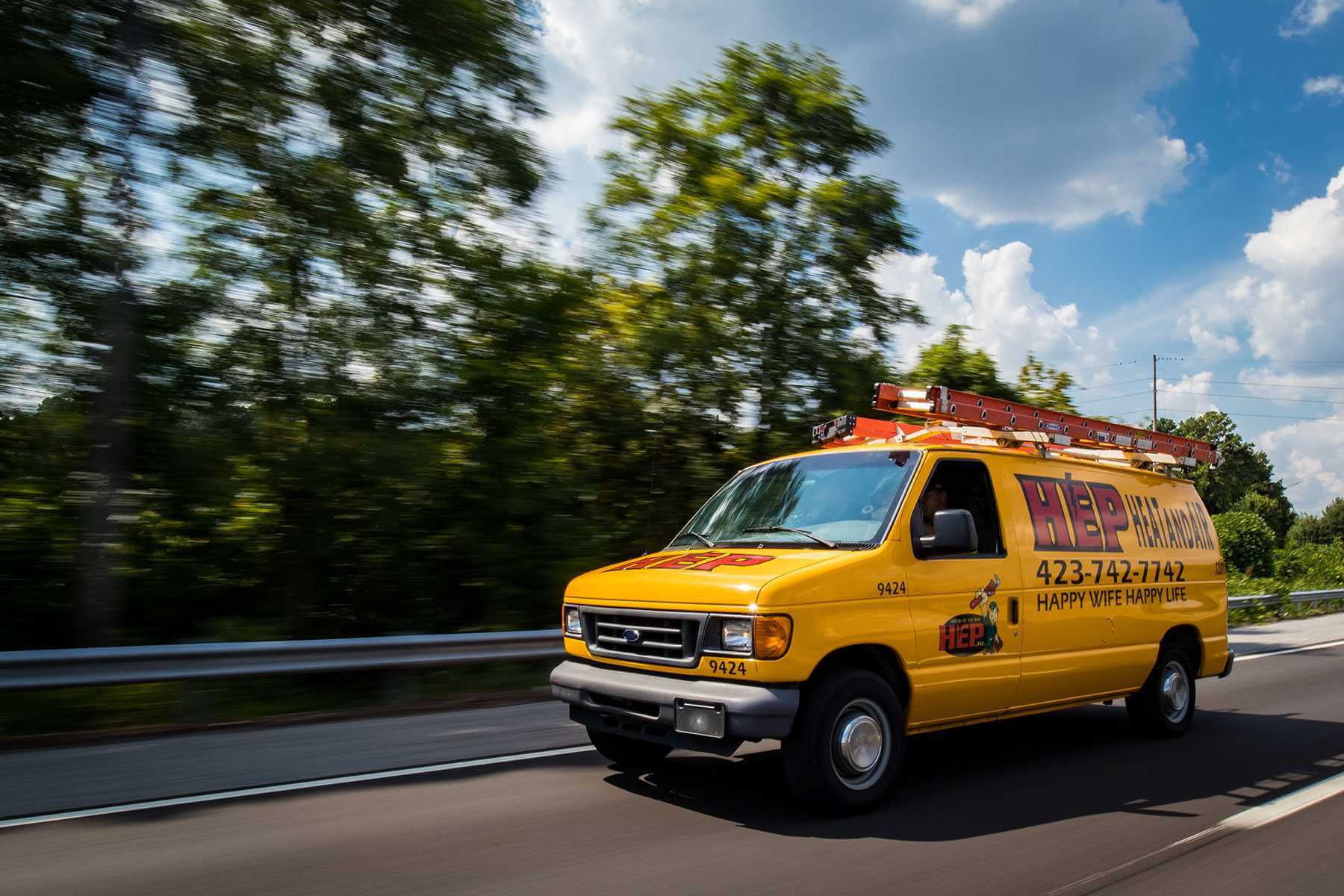

Permitting Process
Your trusted partner for professional home services. Quality workmanship, guaranteed satisfaction.




- HEP Plumbing
- Permitting Process
Permitting Process | Pipe Upgrades | Plumbing | Greenback
Thinking about replacing aging lines or boosting water pressure? Our Greenback team makes pipe upgrades surprisingly simple. We lay out every step of the permitting journey—from the first click on the application form to the final on-site inspection—in plain language, so you always know what comes next. Interactive checklists, downloadable templates, and real-time status alerts mean fewer surprises, faster approvals, and zero guesswork.
Behind the scenes, HEP’s inspectors, engineers, and customer care specialists work in lockstep, coordinating municipal requirements and scheduling to keep your project moving. Whether you’re a DIY homeowner or a licensed contractor managing multiple properties, you get clear timelines, transparent fees, and responsive support. Start your application today and see why Greenback residents call our permitting process the smoothest part of their renovation journey.
FAQs
Do I need a permit in Greenback to upgrade or replace existing plumbing pipes?
Yes. Any project that involves replacing, relocating, or significantly modifying supply or drainage piping requires a plumbing permit from the Greenback Building & Safety Division. Minor repairs such as replacing a single faucet, trap, or section of pipe under 10 ft may be exempt, but whenever you open walls, floors, or run new lines, a permit is mandatory.
How do I apply for a plumbing-pipe upgrade permit?
1) Complete a Plumbing Permit Application (available online or at City Hall). 2) Submit two sets of legible drawings that show the existing pipe layout and the proposed changes, pipe sizes, materials, and fixture locations. 3) Provide a copy of the contractor’s state license or, if you are the homeowner, sign the Owner-Builder declaration. 4) Pay the plan-check deposit. You can submit in person at the Permit Counter (Mon–Fri, 8 a.m.–4 p.m.) or electronically through the e-Permits portal.
What codes and standards does Greenback enforce for pipe upgrades?
Greenback follows the current California Plumbing Code (CPC) with local amendments. All materials must be listed and approved; copper, PEX, and CPVC are commonly accepted when installed per CPC Chapter 6. Pressure testing is required (50 psi air or water for 15 minutes for supply lines). Drain, waste, and vent (DWV) piping must maintain the minimum ¼-in-per-foot slope and include properly sized clean-outs.
How much will the permit and inspection fees cost?
Fees are based on the valuation of work (labor + materials). Most single-family pipe-upgrade projects fall in the $150–$350 permit-and-plan-check range. Additional charges: 1) Technology surcharge (3 %), 2) State SMIP fee ($1–$4), and 3) Re-inspection fee ($110) if work is not ready or fails an inspection. A fee estimator is posted on the city website.
What inspections are required and when should I schedule them?
Two inspections are typical: 1) Rough-in—after new piping is installed, supported, and pressure-tested, but before walls or trenches are closed. 2) Final—after fixtures are connected, walls are closed, and all penetrations are sealed. Schedule inspections at least one business day in advance via the online portal or by calling 555-555-INSPECT. Have the permit card, approved plans, pressure gauge, and ladder on site.
Can a homeowner pull the permit, or must I hire a licensed plumber?
Homeowners may pull an “Owner-Builder” plumbing permit if the property is their primary residence and they sign the Owner-Builder verification form acknowledging responsibility for code compliance, workers’ compensation, and liability. If the work is being performed by anyone other than the homeowner or if the property is a rental or flip, a C-36 licensed plumbing contractor must obtain the permit.